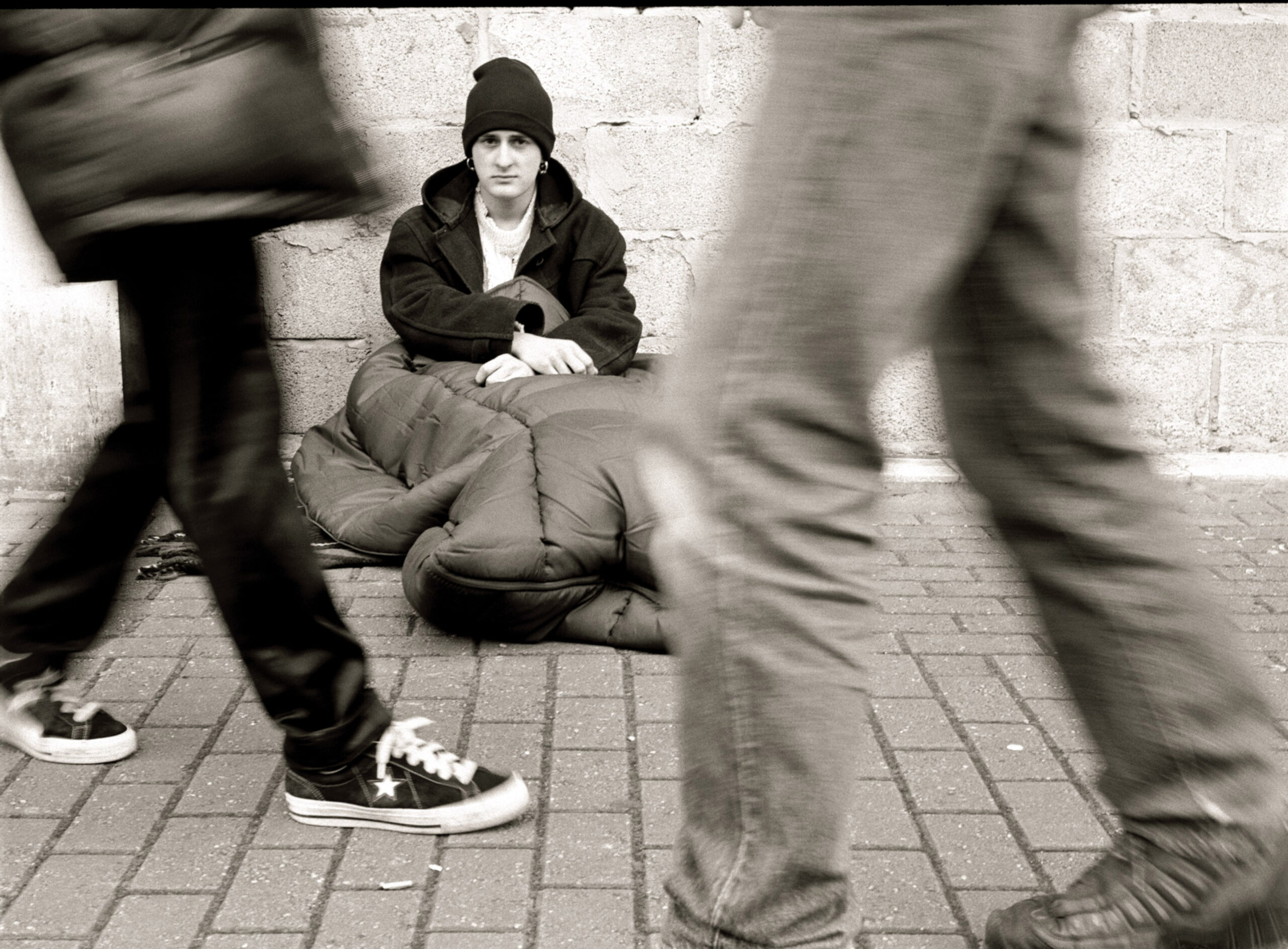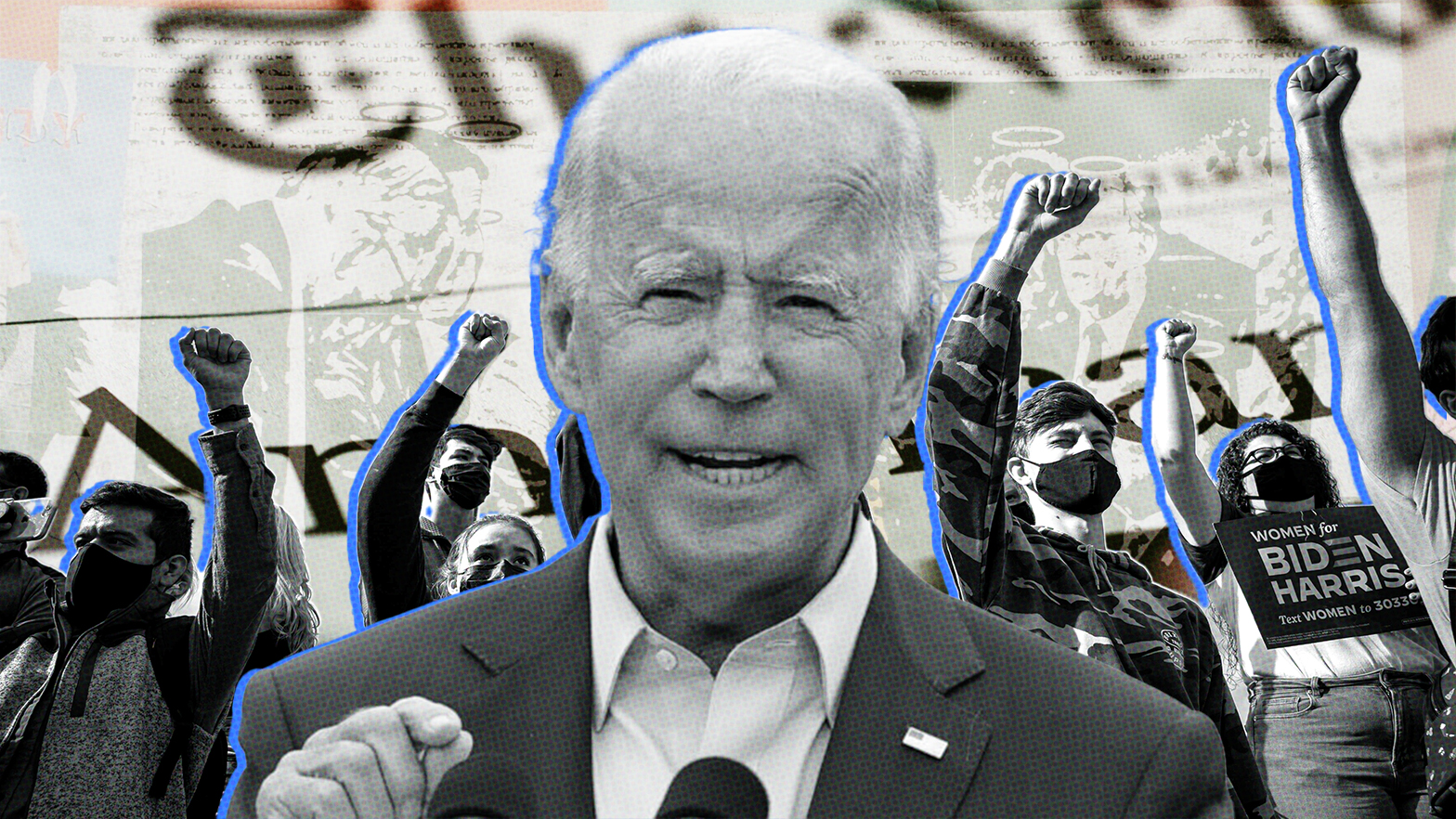Christian colleges in a pagan culture
Let’s Be Poor

“Poverty Simulation” is an absurd exercise in political indoctrination.
I learned about the “Poverty Simulation” by means of a colleague’s letter to campus announcing such an event at the central Pennsylvania liberal arts university where I work. My colleague explained that “many families” in the local communities around the campus are in poverty. The figure she gave was 6 percent, leading me to wonder if “many” is the best term used to describe a phenomenon not being experienced by 94 percent of the people under discussion; also, since the national poverty rate is closer to 12 percent, it would be worth noting that the local poverty rate is extraordinarily low.
In any case, the school looks to involve our students in collaborative work with local communities, and so my colleague argued that they should know something about all this poverty. Such knowledge will require “dispell[ing]…preconceived notions about the experience and roots of poverty,” and an excellent method for dispelling such notions is “through experiencing and sensitizing participants to the realities of poverty.” The Poverty Simulation, I learned from my colleague’s letter, is “not a game [but rather] a role play in which participants get to experience the difficult choices” of those in poverty.
“Interesting,” I thought. Though if “role playing” the poor by well-off college students is acceptable, can we extend the role-playing exercise to other recognized disadvantaged groups? When, for example, can we expect the Racial Oppression Simulator, in which white students get an opportunity to pretend to be black for a while, to “role play” that place in the social order?
I believe we know the answer to that without even inquiring.
In any event, I decided to do some research on the precise way “experiencing” and “sensitizing” about poverty is accomplished by the Poverty Simulation, which has become something of a phenomenon on college campuses, in addition to many other settings. The creators of the Simulation list “Customer Service Groups, Health Care Professionals, Educators, Clergy and Congregations, Social Service Providers, Elected Officials, Management Staff, College Students, Community Organizations, Corporations” among the types of organizations that have taken part.
The full title of the Simulation is the Community Action Poverty Simulation, or CAPS. It was created by the Missouri Community Action Network, and a “kit” for your organization to run their own Simulation retails for $3,500 plus shipping. I could not find any figures on how many kits they sell per year, but the evidence online of the use of CAPS with college students and staff is abundant.
You can find YouTube videos of Simulations, or at least small chunks of them. A glance reveals college students and staff sitting in an academic hall in a testing environment. They have worksheets before them on tables, and event coordinators direct their writing and discuss what they have written. It looks typical of the experience of college students. Any objective observer would have to agree that whatever is going on here and whatever is or is not being accomplished, it is not exactly clear what it has to do with living a life in conditions of poverty.
The videos also give some evidence of what students imagine they have learned about the experience of poverty from the Simulations. If you’re poor, “you have to do a lot of math,” one student participant sagely pronounces. Perhaps it is the case that some quantity of upper-class college students are so out of touch with the majority of the society in which they live that they are unaware that most people—not just the poor, but the middle and working classes as well—cannot spend money without any consideration of how much of it they have. Here, then, is some slight educational value of the program, though claiming it as experiential knowledge of the reality of poverty seems a bit of a stretch.
Students report having role-played as a 25-year-old parolee with a minimum wage job and a 19-year-old girlfriend who already has an infant child by another man. Students consider how the couple will pay bills and otherwise meet financial obligations. This is certainly part of the experience of poverty. Left out of the Simulation, however, is any consideration of what the young man did to end up in jail, and what led to that decision. Or why the young woman was pregnant at 17, and what decision-making led to that choice. Any substantive discussion of what produces poverty would need to consider such things, but the Simulation does not do so.
The Poverty Simulation lasts about two hours. In this brief time, participants role-play poor people living a month in their actual lives. It is not remotely possible to shrink a month’s experience into a two-hour period, especially given that the people doing the simulation will be doing it while still firmly rooted in the social world in which they currently exist. They are not, that is, going into the World of the Poor. They are simply playing a game for two hours on a college campus.
What is the point of such an exercise? It cannot be knowledge of the contours of the lives of the poor—that is, what those lives look and feel like in gritty lived detail, how they got there through a complex combination of social structure and their own often quite faulty decision-making, and what worldviews informed their trajectories and gave them the understanding they have of their lives.
The people who designed the Simulation explain that “CAPS exists to…Promote Poverty Awareness [and] Increase Understanding.” To become aware of something and to understand it insinuate learning things about it that are true. Yet in some university applications of the simulation, it is claimed that as many as one-third of American families are in poverty, when the actual statistics are a little over 11 percent.
It is a different kind of “knowledge” that is aimed at here. The goal is certainly not to ask hard questions about the causes of poverty. Again, the CAPS site tells us what they are up to. For in addition to “understanding” and “awareness,” the site lists “inspire[ing] change” and “transform[ing] perspectives” as goals. “After the simulation,” the site goes on, “you will…brainstorm community change [and] be a voice to end poverty.”
You can guess at the kind of “change” aimed at here. The causes of poverty are described on the site not as something to be uncovered by careful analysis, for we already know what they are. “Cultural Competence and Health Literacy (e.g. health and systemic inequities, Social Determinants of Health, structural racism, implicit bias, language barriers, cultural nuances, etc.)…are incorporated into the Poverty Simulation,” as if it is axiomatically true that these structural and exclusionary biases alone are what creates poverty. The end to be achieved through CAPS is “to sensitize participants to the causes of poverty and to see it not as a personal failure but rather as the result of failures in societal structures.”
No individual-level factors have any role in making people poor. All bad outcomes are produced by the inherent biases of “structures” and “systems” that are intended to disadvantage some and advantage others. The Poverty Simulation teaches boilerplate leftist ideology, the same lesson taught in every other class that students take in the humanities and social sciences.
You could, with the proper intentions, endeavor to teach college students with no personal experience of poverty something real about it and its consequences. It would just require much more of an investment of time and resources by all involved.
You would have to start by taking away from affluent students in a pricey liberal arts college all the outward signs of their affluence and forcing them to present in their everyday lives as poor. Not simply for an hour, but perhaps for a month, you could stick them in housing typical of the local poor, and take away their parents’ top-shelf medical and dental insurance. Make them do the physically difficult and generally unappreciated often demeaning work that poor people do as their daily grind.
Of course, just dressing as the poor would not achieve the full experiential effect of being poor. They still would speak as members of the culturally affluent, strangers to the language of poverty. You would have to find a way to alter that too for the simulation period. That would mean teaching them the vernacular that poor central Pennsylvanians use, at least here where I teach.
Once they learned this language fluently, and when they presented in their appearance as poor, they might start to experience some of the ostracism typically directed at the local poor by the very people who populate the Poverty Simulation—that is, the faculty and students whose lives and worldviews are predicated in opposition to those of the poor. Submitting participants in the Simulation to the contemptuous glares of the economic elites, many of whom in our region are affiliated with the local university, would be an important lesson in cultural elitism.
An easy way to achieve this effect in spades would be to equip all the student participants in the Simulation with MAGA gear and to require them to wear it. Then they need only wait for the mountain of dehumanizing hate to start flowing their way from their social betters.
You would need too to find a way to recapitulate the actual decisions that had gone into the making of the lives of the disenfranchised. Some of this would not be feasible experimentally. You can hardly change the childhoods of these well-off college students and give them poor parents, so absorbed in the practical difficulties of life and overburdened by their own suffering that they make no time to read to their children or encourage them in life in any meaningful way, and they leave them nothing in the way of material aid for the building of their own adult lives.
In the life of each poor person, you would have to show how decisions are made within ranges of possibility. No structure or institution makes it impossible for a poor parent to reflect on the value of introducing his child to books early, or to realize how damaging it is for a child to be neglected and abused and to therefore refrain from those behaviors. No structure requires a poor person in any generation to make the decision to drop out of school or to have a child with no reliable life partner or to commit a serious crime. If that were so, all poor people would do those things, but this does not happen.
In our consideration of how “society” is failing the poor, we would want to be sure to inform the participants in the Simulation that the category “society” must have an empirical grounding. Society is not only structures. And it is especially not the variety of such things that merit scare quotes, because they give every evidence of not really existing except in the minds of leftist social critics. Society is also the parents and the neighbors of children born to the lower classes, who have in many cases reinforced negative cultural values and set exceedingly poor examples for the young with whom they interact as to how to go about the business of life. No structures make it inevitable that those elders will teach their young what they often do in today’s culturally bankrupt America. The respectable poor have always existed, and there is good evidence that they existed in greater proportion in the American past, before the cultural victory of elites with the impoverished worldview of the CAPS program.
All of this and more, you would need to include in your Simulation if the project was really to teach students something of the complexity of this topic. But complexity is almost never the goal in today’s higher education. There is too much propagandizing to do. The people who believe the CAPS worldview believe they work toward compassion for the poor, but it is not compassionate to infantilize and to reinforce, in the poor and in the children of the elite, the idea that only those at the top of social orders can help the poor benighted fools at the bottom—on the condition, of course, that they accept the correct political religion.
The American Mind presents a range of perspectives. Views are writers’ own and do not necessarily represent those of The Claremont Institute.
The American Mind is a publication of the Claremont Institute, a non-profit 501(c)(3) organization, dedicated to restoring the principles of the American Founding to their rightful, preeminent authority in our national life. Interested in supporting our work? Gifts to the Claremont Institute are tax-deductible.
Progressives want a nation of subjects who are at the mercy of the state.
The political realignment of America’s voting blocs is still in flux.
Affluent hypocrisy has split America in two.
Our Covid-era oligarchs are fitting us for feudalism.
Donors need to support institutions that produce quality PhDs.






